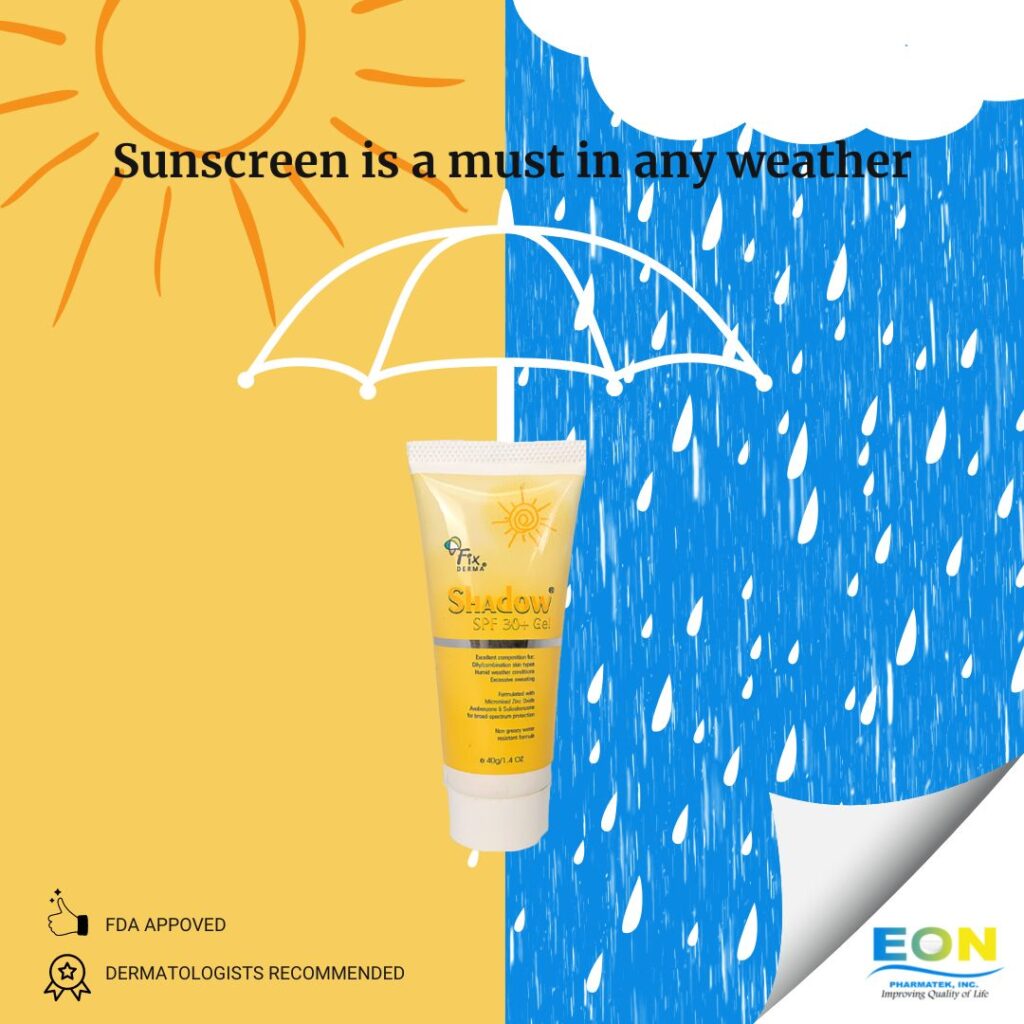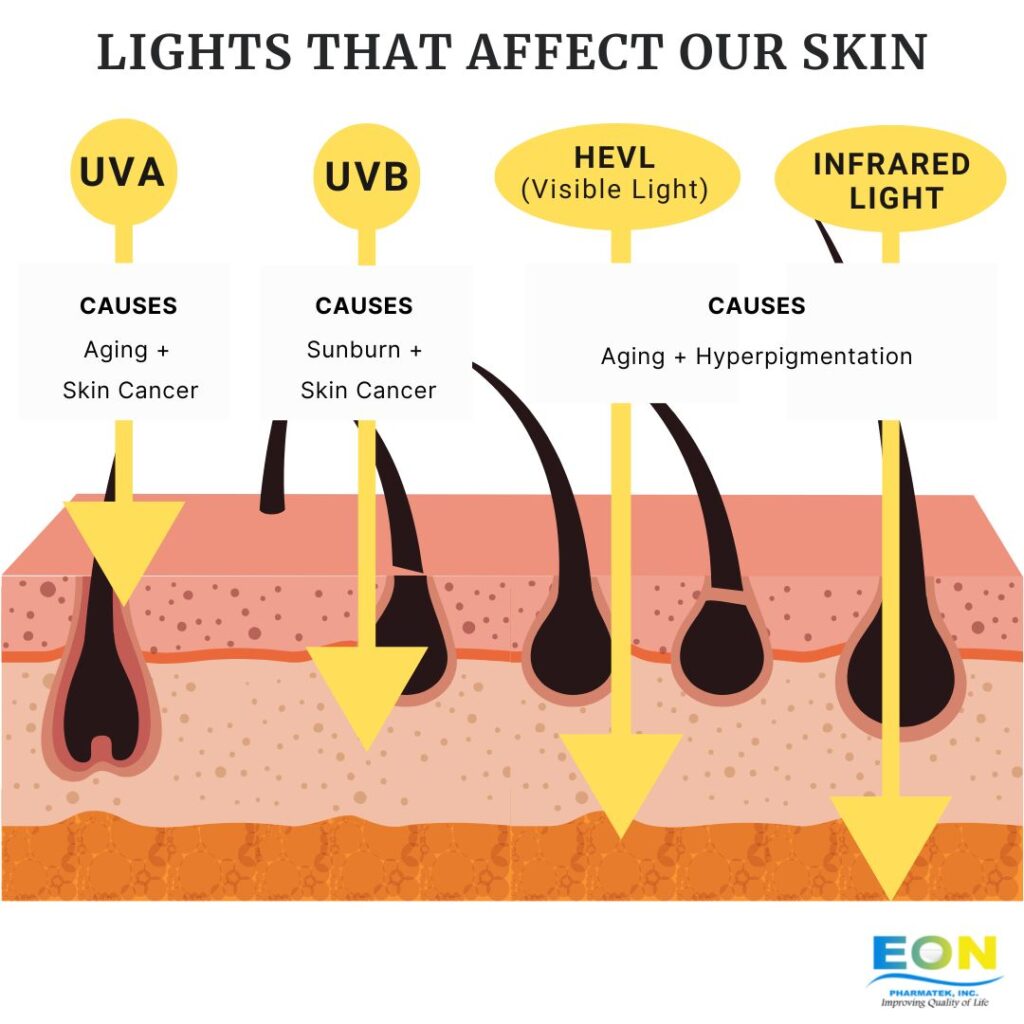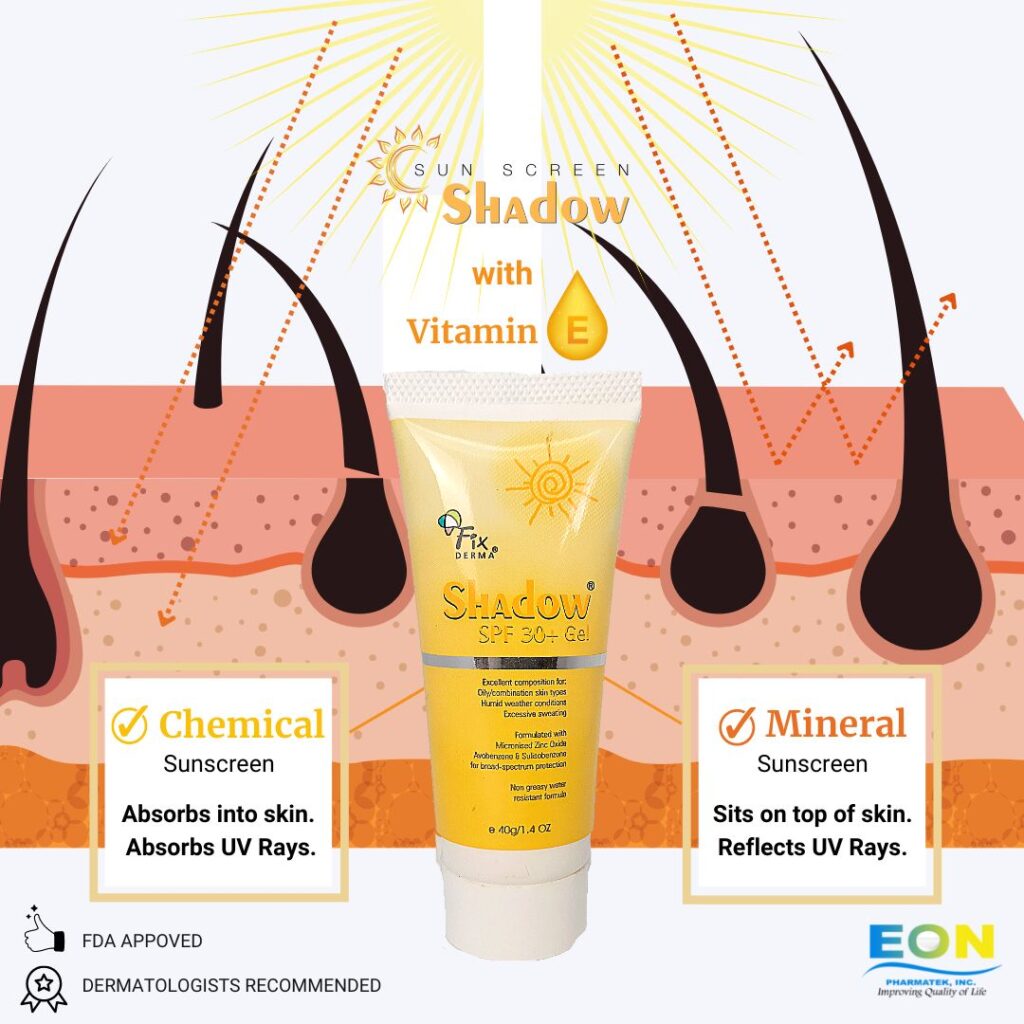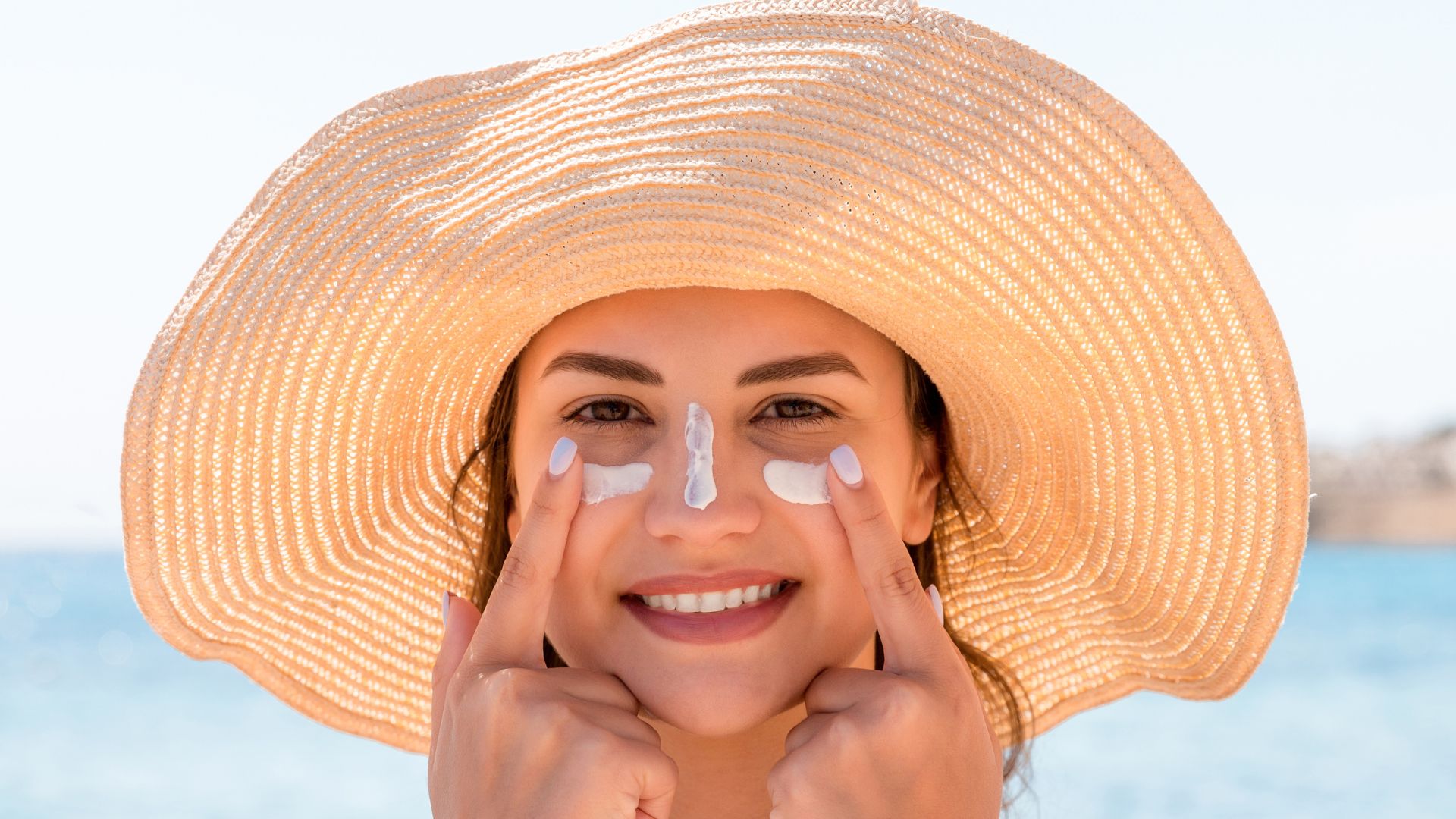
Majority of us are aware of how important it is to wear sunscreen during summer. This to prevent sunburn and skin damage when we stay longer under the sun during vacations or beach trips. What others do not know is that we should apply sunscreen all year round as a preventive care routine.
Sunscreens block ultraviolet radiation from being absorbed by our skin when we stay outdoors.
It will protect our skin from the damaging UV rays, reduce the chance of developing skin cancer, delay the onset of premature aging, and keep a consistent skin tone. However, applying sunscreen wouldn’t mean that you can stay under the sun for a very long period of time.
The sun protection factor or SPF is a standard used to measure
- the effectiveness of sunscreen,
- how well a sunscreen will protect skin from UVB rays, the kind of radiation that causes sunburn, damages skin, and can contribute to skin cancer.
But ultraviolet A (UVA) rays, can also contribute to skin cancer. The SPF on a label doesn’t say anything about a sunscreen’s ability to block UVA rays. Sunscreen with really high SPFs, do not offer significantly greater protection than SPF 30.

The general public is misled into thinking that SPF 70 or SPF 90 have more protection than they actually do. In addition to this, there is also a measure that provides the ultraviolet A (UVA) protection and this is the PA rating system, this was adopted from the Persistent Pigment Darkening (PPD) method. This test uses UVA radiation to cause a persistent darkening—tanning—of the skin. PPD is tested on a variety of people, all exposed to UVA light. PA+ means your sunscreen or cosmetic provides some protection against UVA rays, PA++ provides moderate protection, and PA+++ offers the best protection of the three.

On the other hand, there are 2 types of sunscreens, which are chemical sunscreen and physical sunblock. Chemical sunscreen gets absorbed in the skin and it then absorbs UV rays by converting rays into heat, and releases them from the body. Physical sunblock sits on top of the skin and creates a physical barrier on the skin that reflects the sun’s rays. Chemical sunscreens don’t sit on the skin or block rays. Instead, they feature active ingredients that absorb UV rays before your skin can soak them up. Type of sunscreen that are often simpler to wear
wear on a wider range of skin tones since they typically do not leave a visible film layer on the skin. Chemical sunscreens often apply smoothly without feeling greasy or sticky, are formulated for absorption, and don’t leave the typical white cast. While Physical sunscreens, more commonly known as mineral sunscreens, work by creating a physical barrier on the skin that shields it from the sun’s rays. Offers protection from both UVA and UVB rays. The skin is protected from the sun as soon as it’s applied; no need to wait before heading outdoors.
With excellent formulation, Eon Pharmatek, Inc. has brought to market the Shadow SPF 30+ Gel, it has a sun protection factor of 30 and PA+++. It is a gel-based sunscreen that is an excellent composition for oily or combination skin types, humid weather conditions, and excessive sweating. It is designed to protect sensitive skin and doubles as a moisturizer. It offers a broad spectrum against the sun’s damaging rays – UVA and UVB. To pack it all, it is safe for young and delicate skin of children.
References:
https://www.badgerbalm.com/pages/what-is-spf-sunscreen-sun-protection-factor
https://www.colorescience.com/blogs/learn/what-is-pa
https://www.drdoppelt.com/physical-vs-chemical-sunscreen/ https://www.healthline.com/health/physical-vs-chemical-sunscreen




